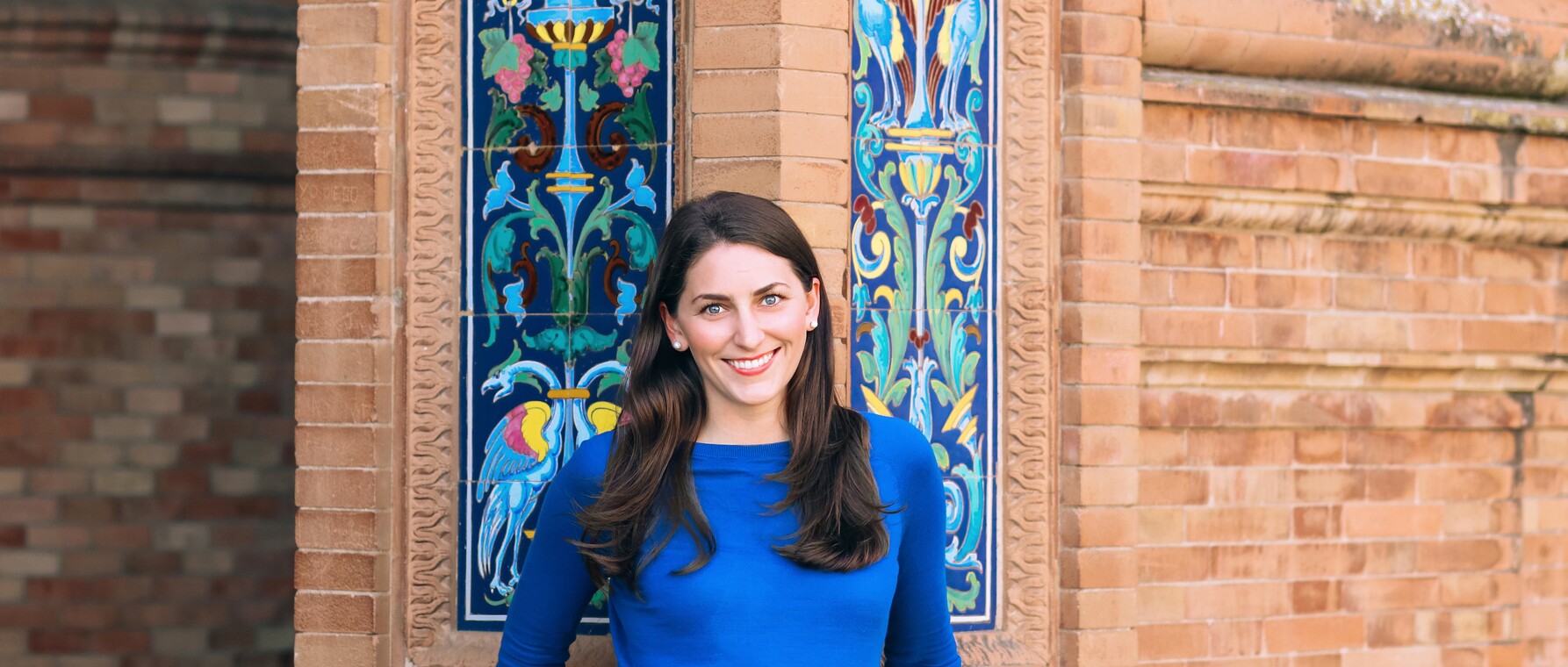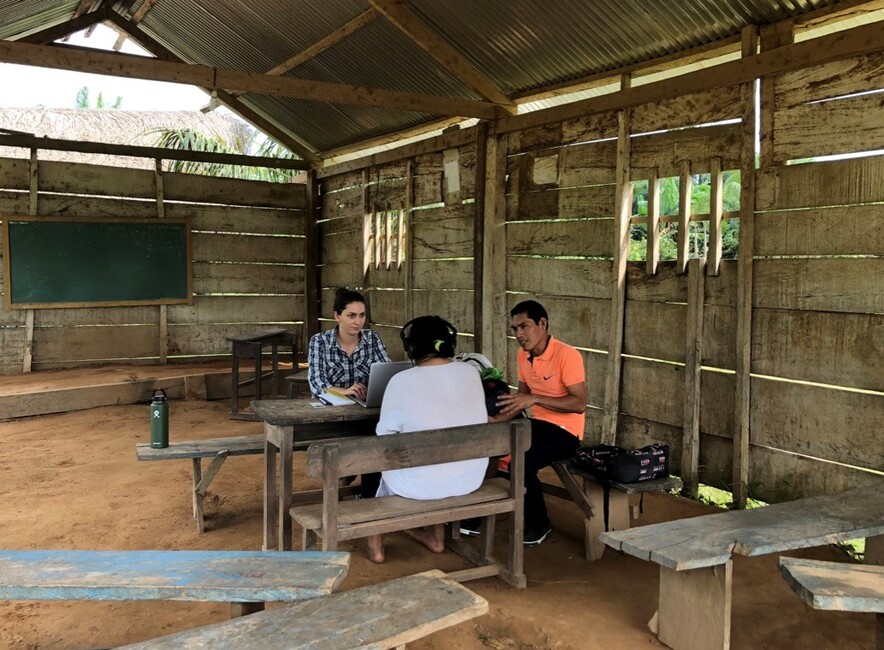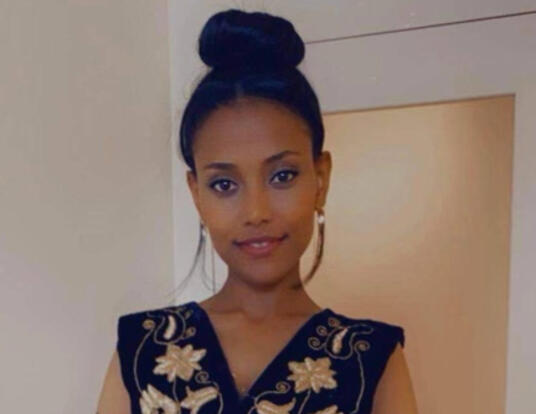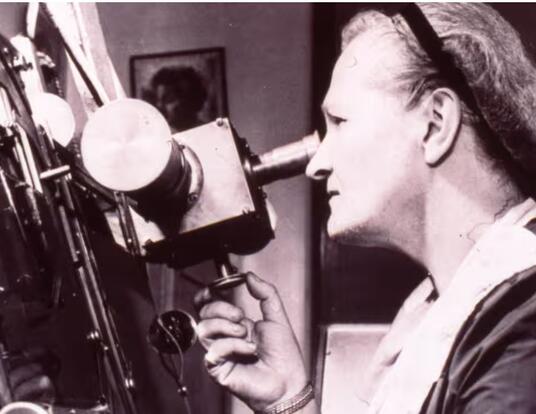The Sounds of Science
Bringing a musician’s mind to the study of hearing

Research at Risk: Since World War II, universities have worked with the federal government to create an innovation ecosystem that has yielded life-changing progress. Now much of that work may be halted as funding is withdrawn. Find out more about the threats to medical, engineering, and scientific research, as well as how Harvard is fighting to preserve this work—and the University's core values.
It was music that led Malinda McPherson to science.
A violist now for over two decades, McPherson started her college career thinking she would pursue a double bachelor’s degree in art history and music performance. But, a neuroscience course she took as a freshman elective unlocked an interest in how people hear and remember sound. She’d always been intrigued by the subject, so she changed the direction of her career and went all-in on science.
“I started studying music as a performer,” McPherson remembers. “Then I had the opportunity to work in a research lab, exploring what happens in the brain during jazz improvisation. That got me hooked on understanding the neuroscience and psychology of human auditory perception.”
McPherson’s passion for music and hearing led her to Harvard’s Graduate School of Arts and Sciences (GSAS)—specifically the Harvard/MIT Program in Speech and Hearing Bioscience and Technology—where she earned her PhD earlier this year. Her research there changed how scientists understand the different ways people hear—and the way that culture shapes the experience of music.
Probing Pitch
Pitch is a vital part of the everyday listening experience. Most people think of it in terms of how high or low a sound is, but pitch also plays an important role in recognizing a voice or melody, identifying the sound of a siren, birdsong, or ringtone, and distinguishing a question from a statement. Imagine the different ways someone would enunciate the sentence: “Time for dinner?” versus “Time for dinner.” The difference is mainly in the pitch.
The traditional scientific understanding is that humans use the frequency of sound— the rate at which sound waves repeat—to distinguish pitch. However, pitch information is used in a lot of different contexts, and it wasn’t clear to McPherson that this frequency information was always the most critical element. So, she decided to explore how listeners use other types of information to perceive pitch, specifically harmonic and inharmonic sounds.
McPherson launched a research project to examine the pitch effect of both conventional harmonic sounds, such as musical tones and voices, and ones she manipulated to be inharmonic, which contain sound waves that don’t regularly repeat in time and sound a bit harsh to the human ear, like a gong for music, or a computerized voice for speech. She ran participants on experiments using these different sounds, testing every speech and music-related pitch test that an ear might encounter, including voice and melody recognition and detecting a wrong note in a melody, to see how they influence a listener’s perception of pitch.
Through this rigorous testing, she found that the harmonic nature of the sounds only changed how we hear pitch for some tasks, but not others. When she manipulated familiar celebrity voices to be inharmonic, for instance, listeners struggled to identify them. But, people were just as good at discriminating prosody, which is similar to telling a question from a statement, for harmonic or inharmonic sentences. Her research revealed that humans have multiple systems to perceive pitch changes—a departure from the conventional understanding of auditory experience.
“Our results suggest a diversity of mechanisms underlying pitch perception . . . Real-world pitch processing occurs over a heterogeneous set of stimuli and tasks, and the underlying architecture may result from the demands of this diversity,” McPherson and co-author Josh McDermott wrote in the journal Nature Human Behaviour (2018).
“Malinda's work addresses classic problems in hearing research but has opened these problems up again by showing how to make progress through the application of new approaches, and by showing that the underlying systems are richer than had been believed,” says McDermott, associate professor in the Department of Brain and Cognitive Sciences at Massachusetts Institute of Technology (MIT) and McPherson’s doctoral advisor. “Her work is a great example of something turning out to be way more interesting than anyone would have expected once it was rigorously examined from a fresh perspective.”
As a PhD student, McPherson also conducted a related study that found harmonic sounds are much easier to pick out of a noisy environment than inharmonic sounds. Her collective research offers helpful insights into the experience of those with hearing loss.
“One of the classic difficulties that people with hearing loss experience is hearing speech through noise,” she explains. “The harmonic structure of speech seems to help us with that task and makes it easier to hear speech through a noisy environment.”
“Knowing that we have two, or more, ways of hearing how pitch changes could help engineers optimize devices like cochlear implants,” she said. “It is my hope that the basic research I do will eventually improve the experiences of individuals who rely on assisted hearing devices.”

From Boston to Bolivia
During her doctoral work, McPherson traveled with McDermott to a group of small villages in the heart of Bolivia to study the cross-cultural experience of music. Collaborating with the Tsimane’, a native Amazonian society of hunter-agriculturalists, the two scientists explored the idea that music, a universal part of human experience, varies greatly in form from culture to culture—as does listeners’ appreciation of it. Unfortunately, the scientific understanding of music and hearing has traditionally been concentrated in the West and has largely focused on the Western experience.
The Tsimane’ people offer a different perspective. Their villages are in an extremely remote corner of the Amazon basin, accessible only seasonally through a committed trek. They live largely without electricity or cell service and have limited exposure to Western music. Their own music looks and sounds very different than what one encounters in the West. For instance, as far as the researchers can tell, the Tsimane’ don’t traditionally have group musical performances. After a man told McPherson he liked playing the flute with his wife, who sang, she asked if they could play a song for her. They took turns in sequence, with him playing the melody on a flute, then her singing.
“It’s a rare opportunity to figure out what about our music and auditory perception in the US is determined by the fact that people here have so much exposure to the same types of music,” McPherson says. “If we didn't have this kind of exposure to music that has a lot of harmony and many voices at the same time, for example, would we hear the world differently?”
McPherson and her colleagues have conducted a number of different studies to explore aspects of the musical experience that are shaped by cultural differences. For instance, sounds like fingernails on a chalkboard seem to be universally unappealing, but preference for other types of sounds varies across cultures.
To better understand this phenomenon, McPherson looked at musical “fusion”—when two separate musical notes are played simultaneously but are perceived as one. Pairs of notes, or intervals, that “fuse” are considered “consonant” and heard as pleasant by listeners in the US. She found that the Tsimane’ “fused” consonant intervals in the same way as a group of study participants back in Boston but did not express the same preference for them.
“Despite the huge diversity of music around the world, certain intervals are much more common than others, particularly, consonant intervals. Our research suggests that universally shared perceptual phenomena, like fusion, could help account for some of this common structure,” McPherson explains. “But these same phenomena do not determine aesthetic preferences, which seem to vary across cultures.”
McPherson has been away from Bolivia since the outbreak of COVID-19 but hopes to return next summer to continue her study of cross-cultural music and listening. It all aligns with her interest in how humans hear.
“Hearing often feels effortless to us, but there are millions of different sound sources that could cause the sound waves that arrive at our ear,” she says. “I find that entire process fascinating. Whether I study this cross-culturally or in a lab in the US, I'm always interested in trying to learn more about hearing.”
Out in Science

As busy as McPherson was in the lab while pursuing her PhD at Harvard she still managed to find time for another pursuit that’s important to her: advocating for the LGBTQ+ community. As the academic chair and co-president of Harvard's LGBTQ@GSAS student affinity group, she helped spearhead several new initiatives to build community and safe spaces for graduate students who self-identify as lesbian, gay, bisexual, transgender, and queer.
“As a student leader, Malinda was a hardworking and fierce advocate for LGBTQ+ students at GSAS,” says Janet Daniels, senior program coordinator at the Student Center at Harvard Griffin GSAS. “All of her dedication has left a strong legacy of advocacy, visibility, and celebration of LGBTQ+ students at Harvard University.”
McPherson helped LGBTQ@GSAS successfully advocate for a new landing page on the Harvard University Health Services website that highlights information for queer students, including medications, providers, and gender-affirming care. She also served as co-chair of the Pride Month Task Force and, during the COVID-19 campus lockdown, helped keep members of the LGBTQ+ community visible and connected through social media campaigns, Harvard’s website, and campus displays. To increase visibility, the group decked out the Student Center at Harvard Griffin GSAS with rainbow lights and Pride flags. A photo of the rainbow lights on the Center, posted on the University’s Instagram account, marked the first time Pride Month was celebrated on the University’s main social media accounts. “The committee worked endlessly and the results were spectacular and history-making,” says Daniels.
McPherson also helped launch events including a series of panels called Out in Academia and Out in Industry, to connect graduate students with the queer community in both sectors. “I think there's a demand for people to know what their lives as 'out' professionals might look like after graduate school and to have role models,” she says.
In a fitting culmination of her work, McPherson played a key role in the establishment of a University-wide Lavender Graduation for members of Harvard’s LGBTQ+ community. She calls participating in this ceremony during her own graduation last spring a “moving finale to my graduate school career, and a true honor.”
“I hope that some of the policies and changes we worked on will help current and future grad students,” she says. “I hope we've left a legacy that can be built upon.”
The Most Incredible Sense
Now a postdoctoral associate in the Vision and Memory Lab at the University of California, San Diego, McPherson is continuing her research on hearing—specifically the science of remembering sounds. She has already accumulated some impressive accomplishments, including distinguished research awards like the Weintraub Graduate Student Award from Fred Hutch, grants from the National Institutes of Health (NIH) and National Science Foundation (NSF), and a place on the 2022 Forbes "30 Under 30" list in science. And she’s just getting started. Auditory research is a field with nearly limitless possibilities for exploration. The curiosity that began with the sounds of a viola will keep McPherson digging into the intricacies of how humans hear.
“The initial awe I felt when first learning about the auditory system has never left me,” she says. “Sound waves are transformed into neural impulses in the cochlea, an organ that’s only the size of a pencil eraser. Those neural impulses travel to our brains and ultimately give rise to our rich experience of music, language, and all the other beautiful sounds in the world. To me, hearing is the most incredible sense.”
Photos courtesy of Malinda McPherson
Get the Latest Updates
Join Our Newsletter
Subscribe to Colloquy Podcast
Simplecast





